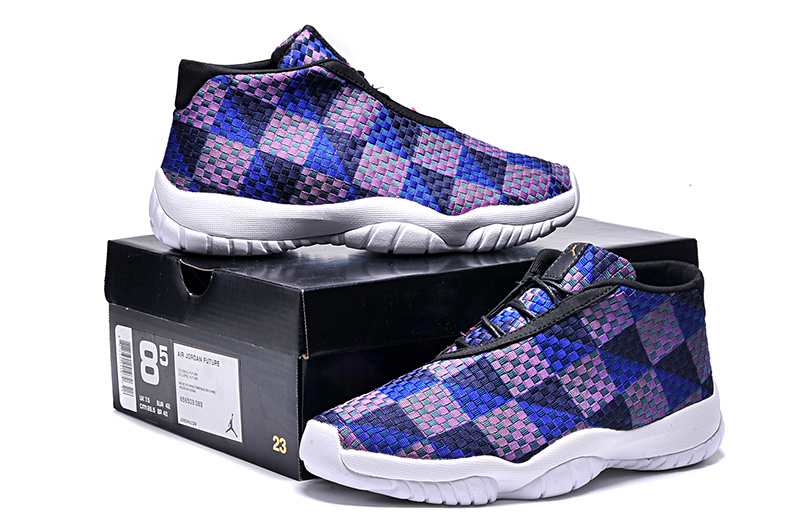

His stores have more than 66,000 followers on Facebook. “These kids make 10 to 12 transactions, and before you know it, they have a $2,000 pair of sneakers or a real nice collection of shoes,” said Suraj Kaufman, the owner of two popular Nike footwear stores in New Jersey called Sneaker Room, in Bayonne and Jersey City. They have quickly learned the art of negotiating and have made friends they would never have met otherwise. They wander up and down aisles holding sneakers high on top of boxes carried aloft like pizza pies, or set up shop on the floor with a stacked tower of shoes on display. The mostly male, mostly teenage hawkers at these conventions may have little in common but their envy for other collectors’ wares. To get display space like a real vendor, attendees can pay about $125 for a three-person table - and average a share of $2,000 to $4,000 a day, with highs reaching nearly $20,000. At many of these events, held nearly weekly around the country, those who pay a $25 entry fee to enter as traders can lug in a maximum of five pairs to barter or sell and then generally earn from $300 to $800, depending on the venue. Diorio sponsored last month in the Hotel Pennsylvania in Manhattan, hundreds of traders carted shoe boxes in duffel bags and backpacks into a 40,000-square-foot space. Over all, basketball sneaker sales made up $4.5 billion of the total $21 billion athletic shoe business, according to Princeton Retail Analysis.Īnd the teenage traders attending these conventions know the market, reciting resale values, the buzz of a hot trade and the debut dates for new pairs as easily as others can spit out baseball stats.Īt a convention Mr. To this day, no player’s line comes close to Nike’s Jordan-branded footwear, sales of which reached $2.5 billion last year. It’s the latest phase - one whose staying power is unclear - of the sports footwear craze that began 30 years or so ago when the National Basketball Association forbade Michael Jordan, then a rookie, to wear his Nike Air Jordan 1’s on the court because they didn’t meet the dress code. While the lucrative retail business for sneakers - and the exclusive lines that attract overnight campers outside elite stores - have existed for decades, this teenager-filled marketplace (or high-end sneaker exchange) has spread from city to city in the last few years. “I only wear them in the summer because I don’t want to take down the value of them.”


“I know just about everything about sneakers,” he said. He estimates they’ve spent $11,000 on shoes and could probably make $20,000 if he sold them all. Jake White, 14, of Freehold, N.J., has 81 pairs in his collection, helped a lot by gifts from his parents. Teenagers who have grown up with eBay and the Internet have learned the art of trading up, sometimes earning a profit in the process.


 0 kommentar(er)
0 kommentar(er)
